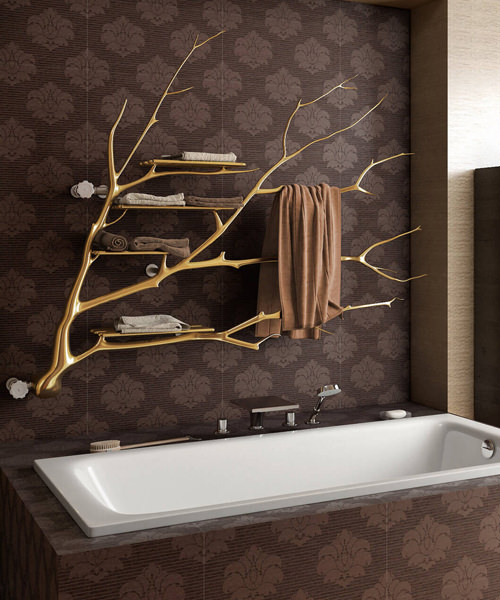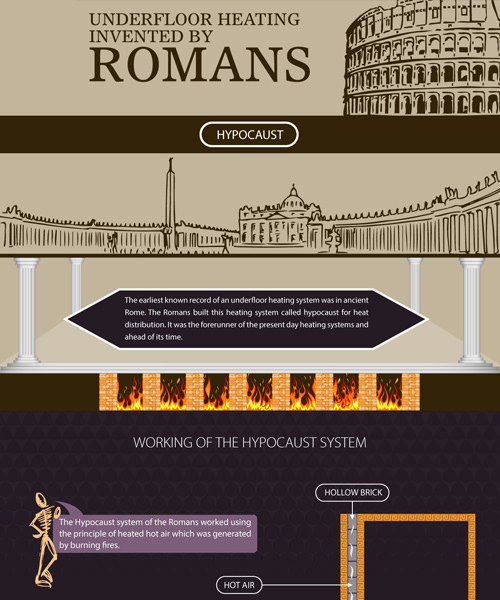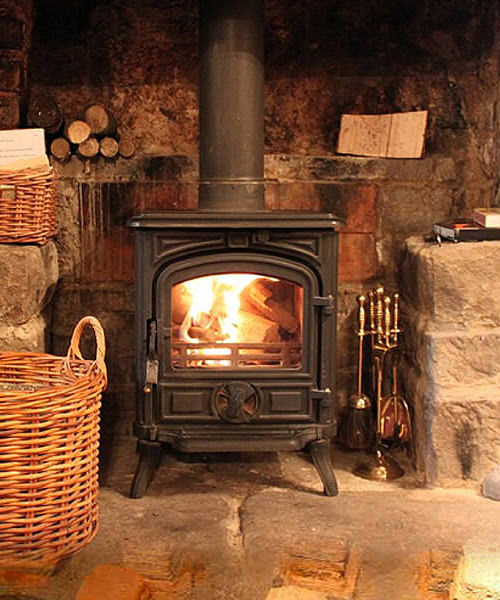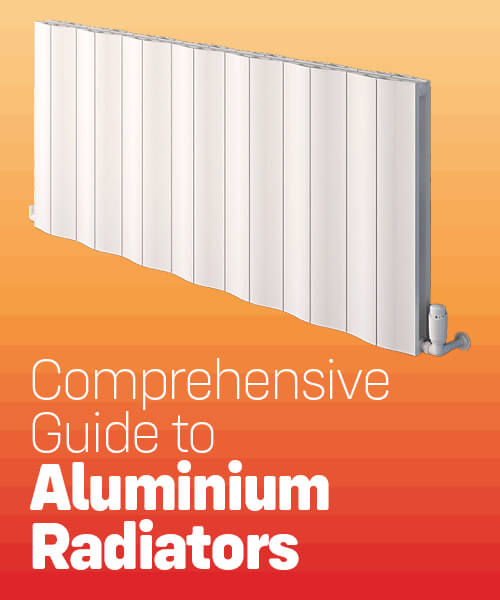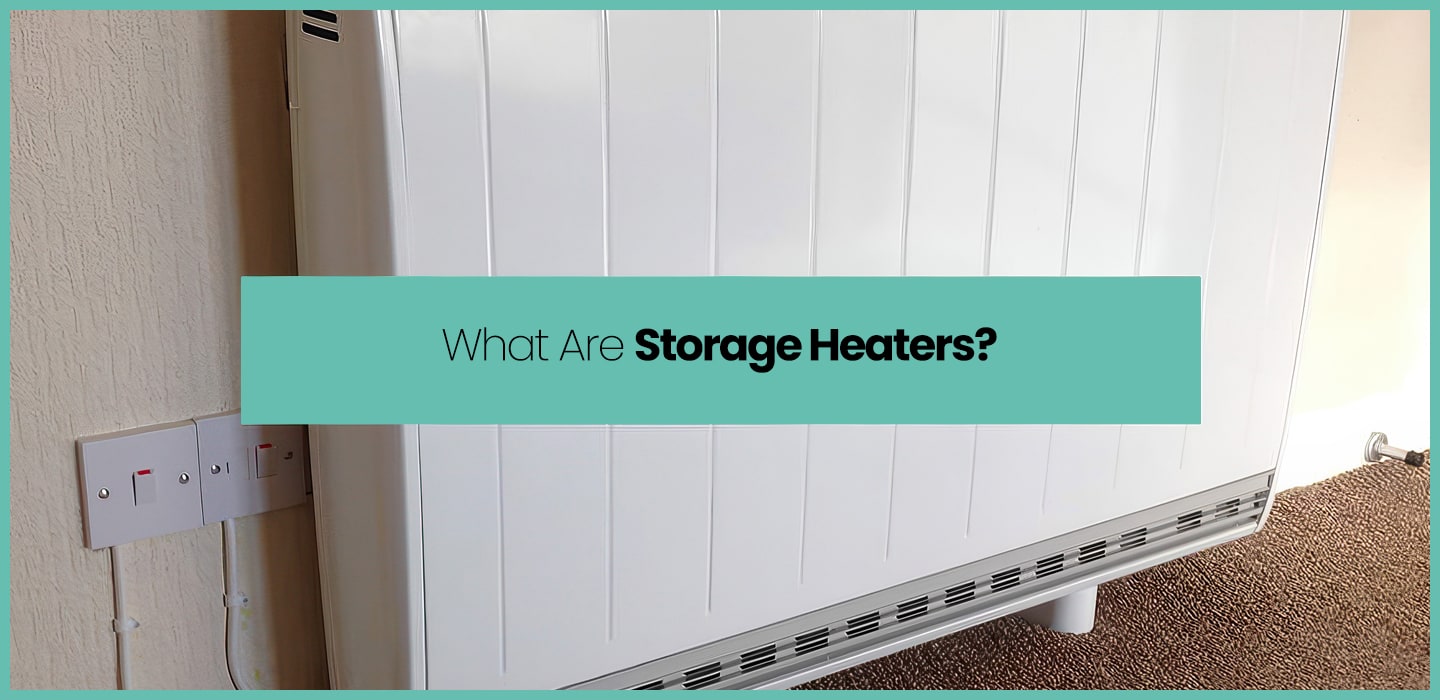
Electric heaters are ideal for the bathroom and should be considered during any remodelling project. They are safe, reliable, and energy-efficient and are available in a range of different styles to suit any bathroom design. A heater is not just a heater, though, and there are many different types suitable for variable uses and situations. So it's important to know what's out there and what to look for before choosing an electric radiator system to install.
Electric Storage Radiators and Heaters
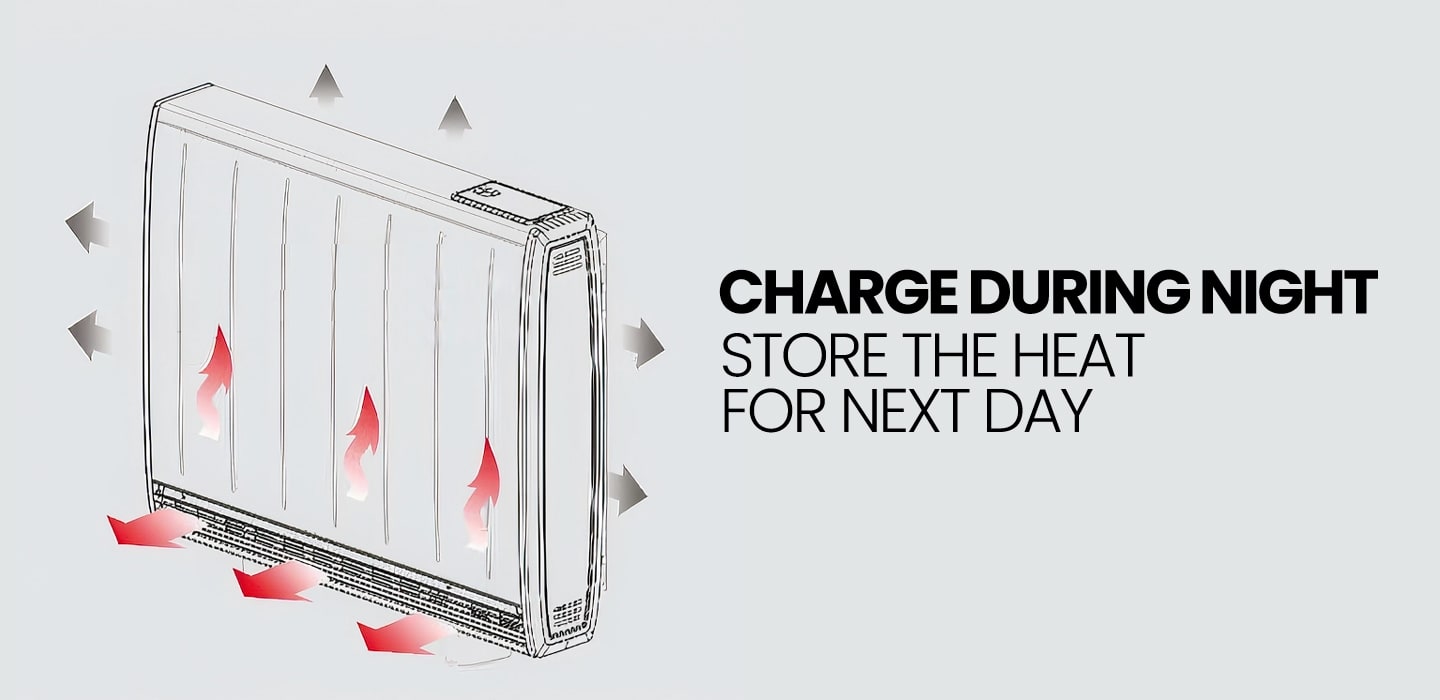
Storage heaters work by 'charging' specially designed heat-retaining bricks overnight with cheaper off-peak energy, then releasing that energy as heat the day after. They have the advantage of costing less to run, depending on how much cheaper your off-peak electrical rate is, but with the disadvantage of making an informed guess at how much heat you'll need to store up for the next day. If you need more heat than you've stored, you'll have to switch to standard, more expensive electricity. Or if it's a warm day and you don't need the radiators, you've potentially wasted energy by charging them overnight.
Storage radiators can be installed as single units with individual controls or as part of a house-wide system with a central programmer and thermostat to keep things simpler. Storage heaters come in several types, each with its benefits.
Storage Heaters with Automatic Charge Control
An automatic charge control greatly improves a storage heater's efficiency, as a built-in thermostat measures the room temperature during the charging process and only stores an appropriate amount of energy. So, if the day is hot, it's likely that less energy will be needed the next day, and so less is stored. This takes some of the guesswork out of operating the heaters and is more environmentally friendly - under Part L of the Building Regulations—all new build properties
Combination Storage Heaters
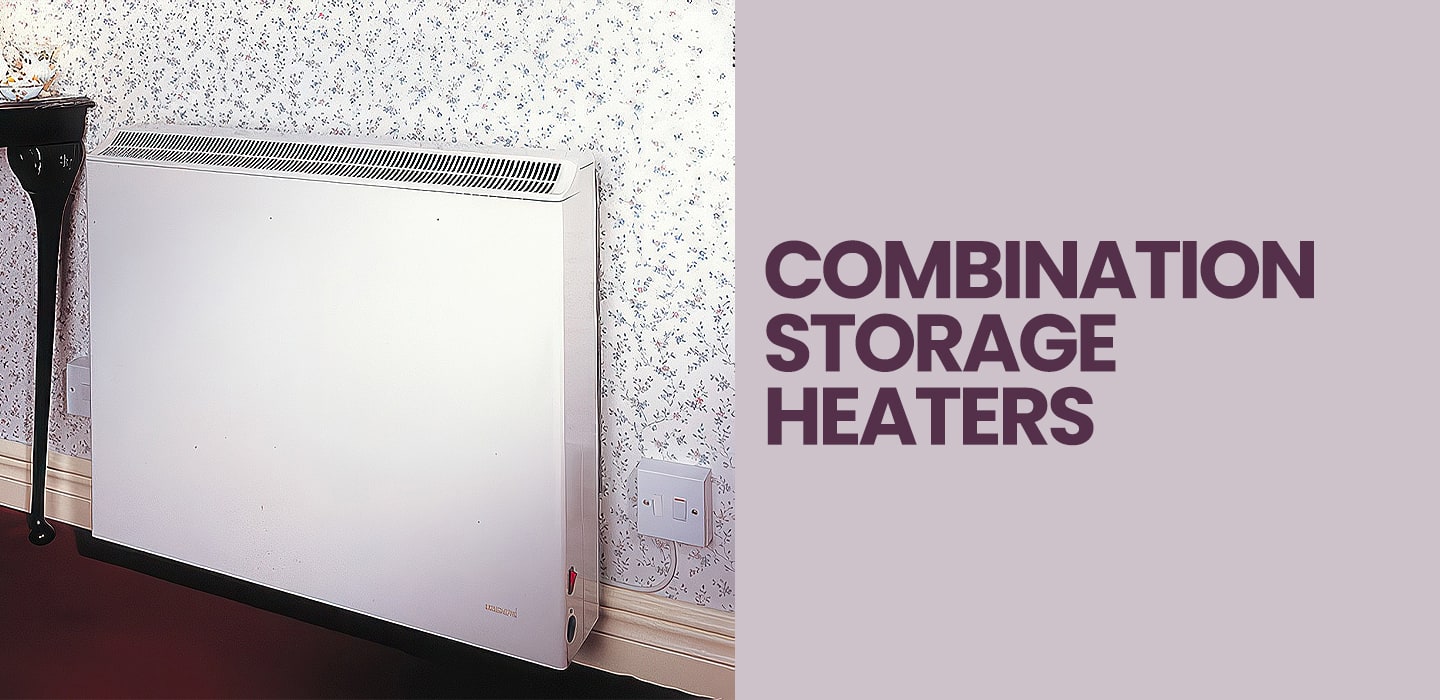
These heaters combine the best of stored and direct energy systems. Like a normal storage heater, they can be set to charge with energy at low cost overnight and release it the next day to save money. However, they are more flexible as they also include a standard convector heater element that can be used if the overnight charge runs out or if the day is freezing and an extra temperature boost is needed.
Fan Assisted Storage Heaters
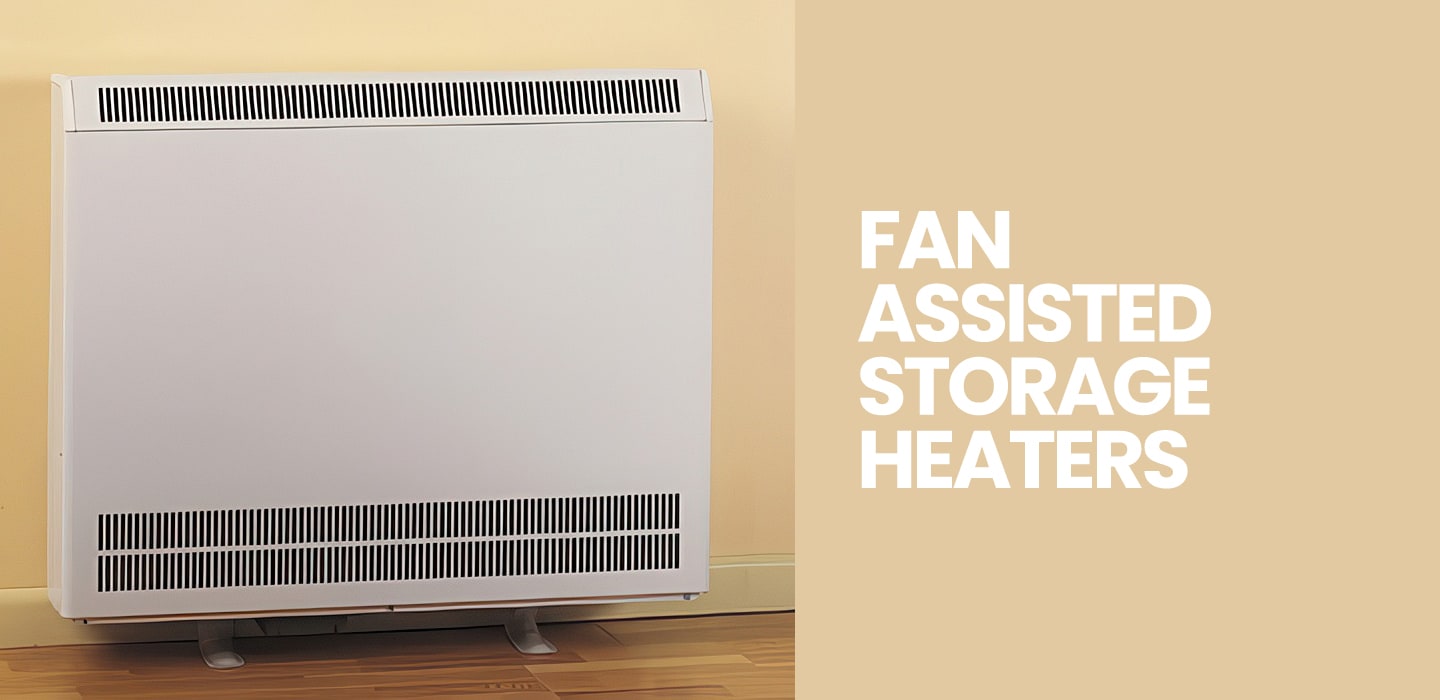
These heaters add a low-noise fan to a standard or combination storage heater, which improves the efficiency while releasing the stored heat by giving a kick start to the convection of warm air throughout the room. The fan is operated by a thermostat so that the extra radiator power is only turned on when the temperature drops below the desired level.
Direct Energy Panel Heaters
In contrast to storage heaters, panel heaters use energy directly as you need the heat, and as such are much more responsive and flexible. This makes them ideal for rooms where virtually instant heat is required, such as bedrooms and bathrooms, rather than warming a whole house (although this is possible). They are also suited to smaller rooms, as they are space-efficient and usually wall mounted.
Panel heaters range from the basic to the more complicated, with features such as individual 24-hour programmable timers to make sure you're only turning them on when necessary or central timing systems to control a whole set of heaters.
Under-Tile Heat Systems
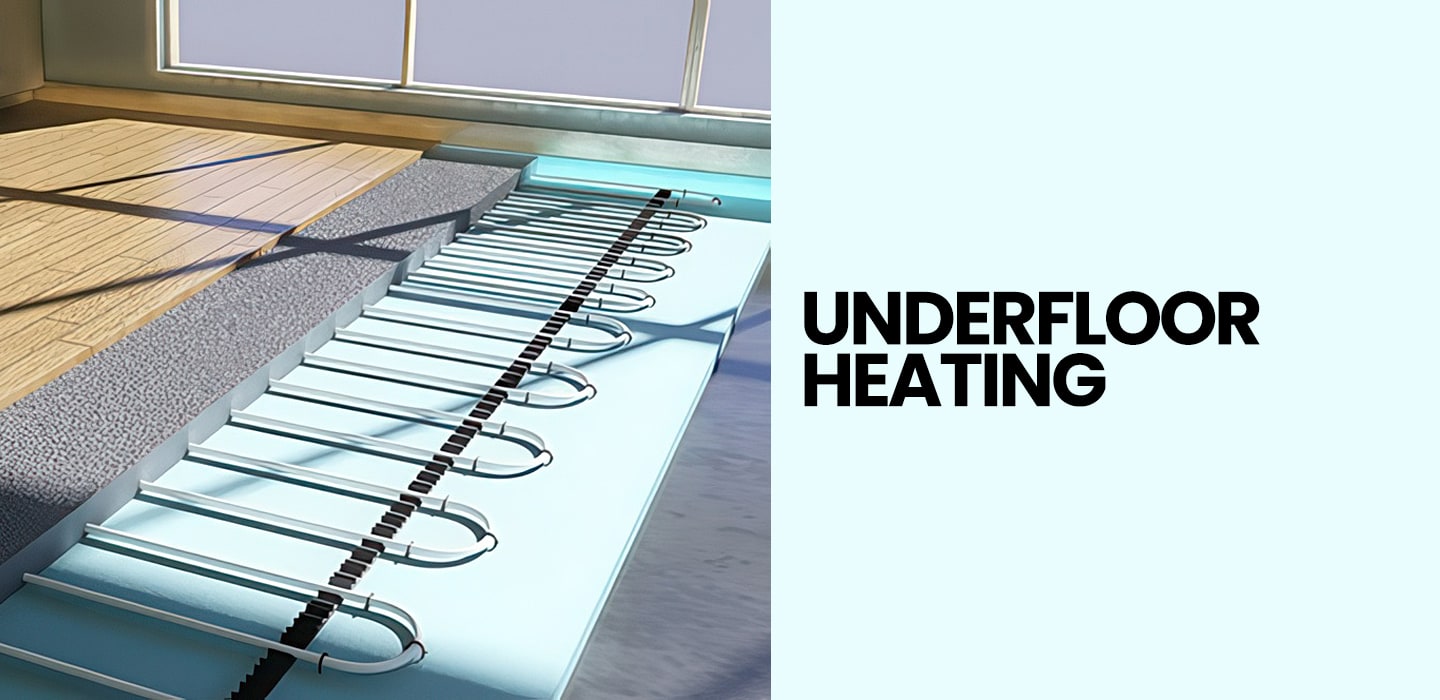
This form of heating is not intended to heat the whole room but to warm the floor to the touch - this is desirable in a bathroom where feet are often bare, and a cold surface first thing in the morning is less than welcoming. It works by connecting an element to a system of mats laid under the floor tiles, which conduct the heat supplied to the floor. This form of temperature control is best used only at certain times of the day, such as morning shower times for adults or evening bath times for kids, to make the room more comfortable . Like panel heaters, underfloor heaters usually draw energy as they're used rather than working on a stored heat basis.
Under-tile heating has long had the reputation of being a costly energy consumer. These days, however, improved technology, materials, and techniques have made it a lot more efficient and affordable.
Heated Towel Racks
Heated towel racks are another type of electric heating for the bathroom that doesn’t necessarily have to heat the whole room. Rather it has the towels nice, warm and toasty for drying yourself off after a bath or shower.
Heating Lamps
Heating lamps emit heat on the infrared spectrum through 100 to 250-watt bulbs. This can be a useful heating solution in some bathroom setups, according to need or preference. However, heating lamps also have a few drawbacks, such as scalding hot bulbs and high energy consumption.
Efficient Control Systems
Whatever kind of electric heater is used for energy efficiency and, therefore, lower costs, it's vital that a decent control system is used to regulate when the radiator is on or off. A basic thermostat is the obvious starting point, ensuring the heater is only operating when the temperature drops, but modern control systems go far beyond that. In addition to setting operating times to a very detailed level day by day, accurate thermostats linked to a control system can react quickly to temperature changes, maintaining a comfortable temperature for the whole house automatically for the lowest energy cost possible.
Other Bathroom Heating System Considerations
Attention should be paid to the role of electric radiators in the whole bathroom remodelling process. Today's bathrooms should be as environmentally friendly as possible, and this includes the most energy-efficient heating system, water-saving devices, and so on. Also, proper ventilation should be designed into the remodelling plan to prevent moisture build-up, which is both unhealthy for humans and detrimental to the room and heating system in the long term. Each radiator should be placed in the best position to provide optimal heating without causing moisture traps that could lead to a build-up of mould.
During the fundamental design of a bathroom, you could also consider ensuring that features such as windows and skylights provide a certain level of natural light and heat. Otherwise, one or a combination of the various electric heating methods will suit your needs.

